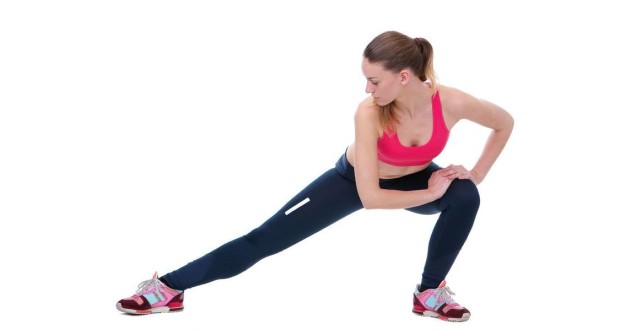You don’t have to be an avid sports fan to know that injuries are a common occurrence among professional athletes. The groin muscles are one such area of the body that is prone to sports-related wear and tear.
Moving In
The groin consists of a total of five muscles along the inner thigh. They are collectively known as the adductor muscles, and allow us to pull our knees closer to one another. In addition, these muscles have a stabilizing presence on the hip.
Like any other muscle, the abductors can be strained or even torn when subjected to excessive stress. These injuries occur frequently in sports that emphasize running and jumping, such as soccer and football. They are also a recurring issue for those partial to ice hockey; it is estimated that groin pulls account for roughly one in ten injuries to professional hockey players.
Three Levels of Damage
Some groin pulls cause more tissue damage than others. To give patients a clearer picture as to the severity of their injury, doctors frequently assign groin pulls one of three grades:
Grade I Strain: The symptoms associated with a grade I strain are relatively minor, and typically don’t prevent a person from engaging in physical activities. A grain I strain will cause only mild pain, and the damaged muscles suffer only small losses in strength.
Grade II Strain: Grade II groin strains induce moderate amounts of pain and tightness. They also cause a fair amount of strength loss, and can cause somewhat noticeable swelling and bruising.
Grade III Strain: The most severe type of groin strain, a grade III strain is characterized by severe pain and loss of muscle strength. These strains can temporarily prevent a person from performing certain activities. Other symptoms of a grade III strain can include significant swelling, bruising and muscle spasms.
Rest, Icing and… Surgery?
Fortunately, groin strains can often be adequately address with relatively conservative treatments. For example, applying ice to the groin every three to four hours can help alleviate symptoms. To prevent cold exposure damage, a person with a tear should ice their injury for no longer than twenty minutes at a time.
In many cases, a doctor will recommend some stretching exercises to assist in a patient’s recovery. Usually, these exercises involve stretching until discomfort is felt. Some people must let their injury heal for a few days before practicing these activities.
Some other treatments for groin pulls are shown below:
Rest: This one is fairly self-explanatory. Simply avoid activities that exacerbate the injury, and allow the injury to heal on its own accord.
Compression: Compressing the affected thigh with an elastic band or tape can reign in swelling.
Elevation: In contrast to other sorts of physical injuries, elevating a banged up groin can be a bit tricky. This task can be accomplished by placing some pillows underneath the pelvis.
Anti-inflammatory medications: While these medications are often effective in reducing pain and swelling, they can also cause serious side effects if taken in excess. Because of these risks, they should only be taken occasionally.
 Natural Knowledge 24/7 Educate yourself with nutrition, health and fitness knowledge.
Natural Knowledge 24/7 Educate yourself with nutrition, health and fitness knowledge.






